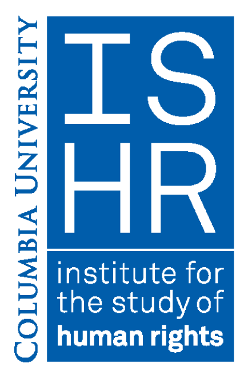| Title | Memory and Material Culture |
| Publication Type | Journal Article |
| Year of Publication | 2011 |
| Authors | Fiona Kerlogue |
| Journal | Indonesia & the Malay World |
| Volume | 39 |
| Issue | 113 |
| Pagination | 89-101 |
| ISSN | 13639811 |
| Call Number | 57948986 |
| Abstract | What is the relationship between material culture and memory? Do relationships differ in different societies? This article explores aspects of collective and social memory in relation to material objects in Jambi province, Sumatra. In collective memory, material objects often appear as referents in sayings, through which shared perspectives are passed down the generations, as well as in legends relating to founding ancestors. Such stories also contain references to sites whose roles in legends are remembered in place names. In terms of social memory, durable and ephemeral items, imported or locally produced, play their part in the transmission of culture. The role of material objects in this society is less as a stimulus for memories of ancestral origins and more as a component of 'social habit memory', performed in ritual practices. The bodily actions and knowledge involved in making locally produced items are often more key to memory than the objects themselves. Some objects passed on to the next generation are seen as having intrinsic power, especially if they have a link with Mecca, and this is the key element remembered; others may function as tools or templates or as props used in the ritual thus helping to preserve aspects of cultural identity. [ABSTRACT FROM AUTHOR] |
| DOI | 10.1080/13639811.2011.547731 |





